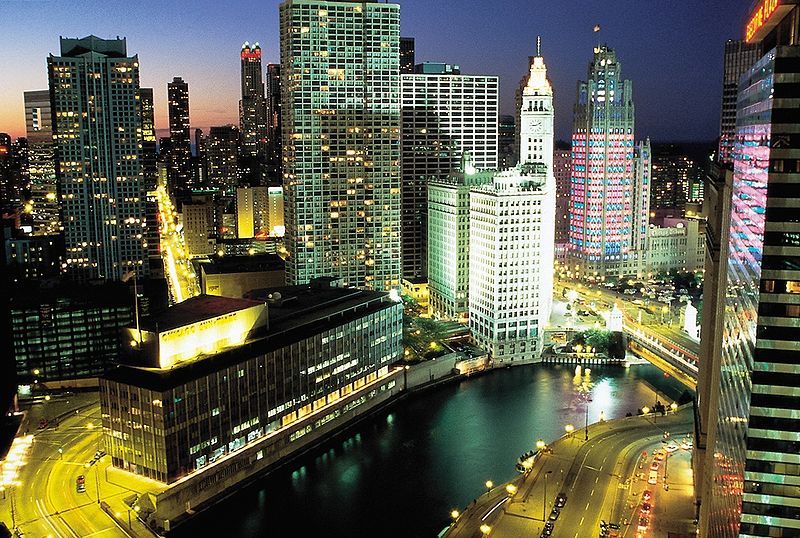Sustainable Chicago 2015 to deliver green infrastructure
$10 million in annual funds will help implement green storm water installations and other climate adaption measures

A new wave of annual funding in Chicago will go towards new technologies to supplement current strategies to reduce potential for flooding in homes and streets by creating 10 million gallons of stormwater storage.
The $50 million investment is part of Mayor Rahm Emanuel’s endeavour to address basement and street flooding throughout the city and is one of the biggest voluntary investments in this type of infrastructure in America.
The $10 million in annual funds will reduce the amount of pollution that flows into the Lake Michigan and the Chicago River through proven projects, such as permeable pavements and planting of natural plants and trees. These projects will ultimately create an extra 10 million gallons of natural stormwater storage in the city, which could reduce runoff by 250 million gallons annually.
Mayor Emanuel has saidof the projects: "Flooding can have a devastating effect on families and their homes, and green infrastructure serves as a key piece of reducing risk to Chicago homeowners and residents. By committing to these improvements and policies we will be in much better position to reduce flooding in future storms and protect the environment going forward. This initiative will change the way the city manages stormwater in the future and allow us to continue developing new technologies and approaches on behalf of our residents and businesses."
The initiative is known as the Green Stormwater Infrastructure Strategy Initiative and it will contain two major elements:
1) Building capital projects: that include green stormwater Infrastructure in their plans.Potential projects will include the use of permeable pavement in sewers, projects to decrease stormwater runoff, enhanced tree planting practices using bioswales, and green storm water installations as part of streetscape projects.
2) Planning for the future: A number of studies will be undertaken by the city that analyse the impacts of climate change on the frequency of rainfall and the costs and benefits for a larger-scale implementation of green stormwater infrastructure.
All of the goals outlined in the Green Stormwater Infrastructure Strategy support the goals outlined in Sustainable Chicago 2015, as well as with the commitments made through Building a New Chicago.
Mayor Emanuel will make the announcement to the world's largest gathering of water infrastructure organizations, WEFTEC (Water Environment Federation’s Annual Technical Exhibition and Conference), held at McCormick Place. The biggest event of its kind, WEFTEC offers water quality professionals from around the world the best water quality education and training available, along with access to cutting edge technologies in the field.
Today’s global water industry is estimated to generate between $360 billion and $600 billion in annual revenues. Chicago’s paramount position by The Great Lakes, which holds 84% of North America’s fresh water, places the city at the centre of traditional water industries, water management technologies, global goods and services relating to water systems, and industries with a strong reliance on water. World Business Chicago (WBC) is currently working with WEFTEC in order to generate awareness for Chicago’s strong position in the water industry and the opportunities that Chicago holds.
The implementation of the green stormwater infrastructure strategy will begin this autumn and Chicago is hosting the first WEF Stormwater Congress, on October 5-9, which will address all of the pressing aspects of stormwater management.






